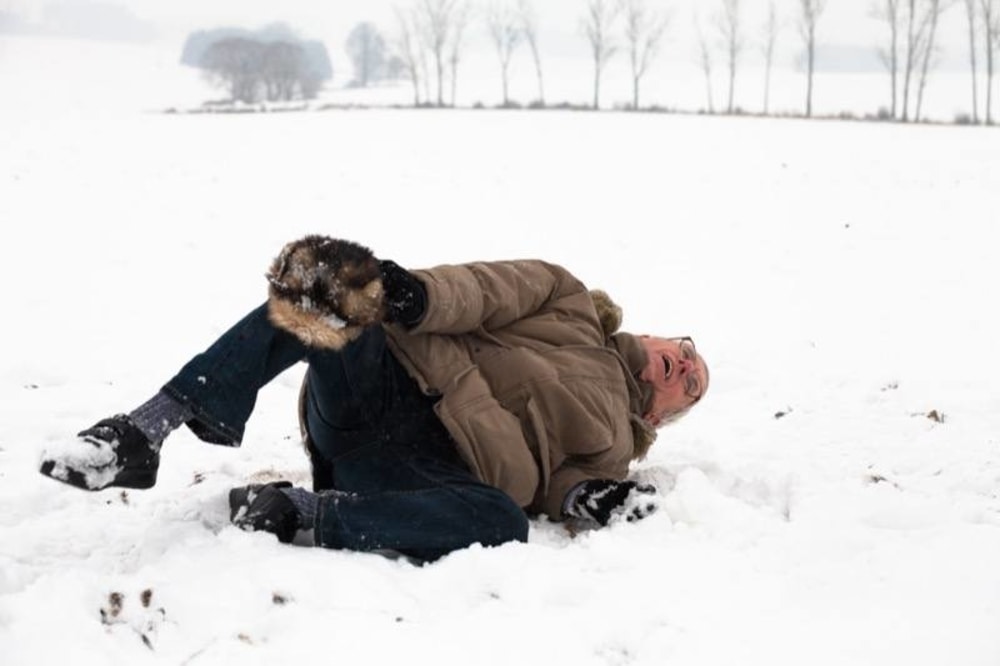
If we could prevent falls in older adults, we could significantly improve their quality of life and avoid hospitalization. Fortunately, there are ways to prevent them.
When an elderly person falls, it can be serious. They can bruise themselves or break bones. And recovery from such injuries can be lengthy, painful and debilitating. Such an accident can significantly reduce one’s quality of life. In many cases a bad fall can be life-threatening or lead to death.
Therefore, if at all possible, it is vital to try and prevent falls in older adults.
When a healthy, young person slips or trips they can often brace themselves because they have sufficient upper body strength. That’s not the case with frail, elderly persons.
Understanding Why Falls Happen
In order to prevent falls in older adults, we need to understand why they fall, and what the biggest risks are.
Research suggests that most falls by older adults are not simply due to a slip or trip. There are usually underlying causes.
There are multiple reasons why elderly people are prone to a fall. They may have a weak heart and feel dizzy. They may be on medication that blurs their vision or makes them feel drowsy. They may have serious underlying medical problems that undermine their ability to balance properly.
If you have a poor sense of balance, your body’s center of gravity may be wrong. This can cause you to put too much weight on one leg, resulting in a tumble.
One of the biggest risks for the elderly is when a frail person switches from a walker to a chair. Misjudgments can occur due to dizziness or medication side-effects, leading to an accident, often with serious consequences. Canes also appear to be a major source of mishaps. Modifying the design of chairs and walkers could help prevent accidents in future.
Preventing Falls in Older Adults
In the meantime, there is plenty caregivers can do to reduce the risk of falls older adults. Regular health checks with the doctor and eye tests are an obvious starting point. However, a key factor is understanding the particular circumstances of the individual concerned.
This will help the caregiver identify how best to prevent falls, and spot risky situations. It’s good to know what medical conditions to ask your doctor about. Maybe the doctor can warn you if a certain medication is more, or less, likely to disorientate someone. Also, if a frail person has fallen recently, it’s important to understand what the specific circumstances were. Perhaps it’s as simple as removing a trip hazard.
This kind of person-specific information is crucial. There’s no point in organizing a tedious therapy regime for someone whose personal circumstances do not require it.
Talk to the therapists to get the right kind of advice, and help prevent falls in older adults. Be proactive in asking questions and finding out answers.
Reducing Fall Risks
Identifying all the triggers that might lead to the risk of a tumble is not easy. But a few factors may be “quick wins” – things that are easy to do to minimize the risks. This may be as simple as changing a frail person’s footwear or removing obstacles in the hallway.
Caregivers can usefully categorize the risks as follows:
- Health risks, such as chronic illnesses or medication
- Triggers, such as the sudden onset of a medical condition, or a gust of wind.
Older adults and family caregivers should try to learn more about these overlapping risks. If you are at Haym Salomon Home, your therapists will educate you. They are highly experienced and know well to prevent falls in older adults.
This content comprises informative and educational resources only and can not be considered as a substitute for professional health or medical guidance. Reliance on any information provided in this article is solely at your own risk. If you have any inquiries or apprehensions about your medical condition or health goals, talk with a licensed physician or healthcare provider.


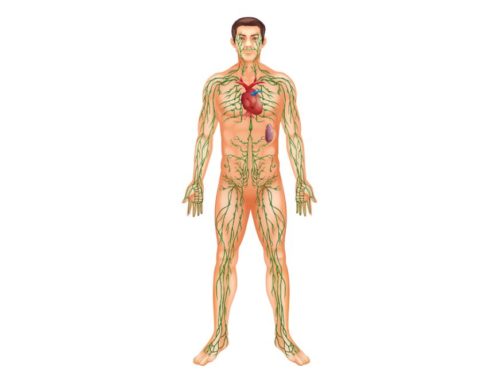
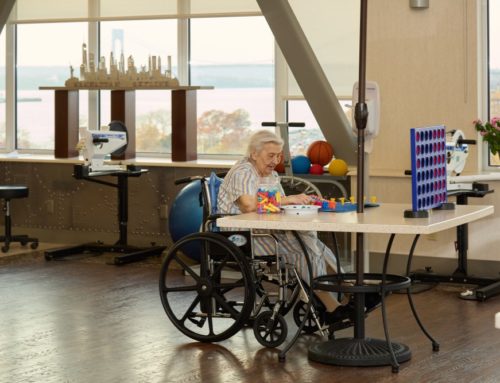
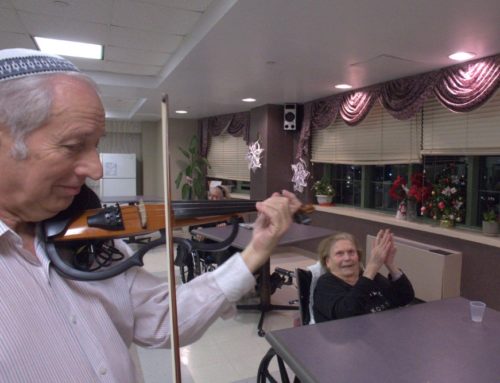
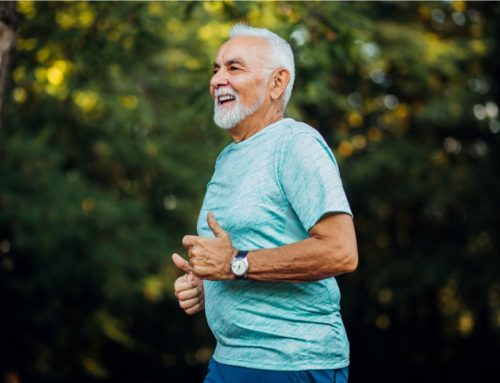
Leave A Comment